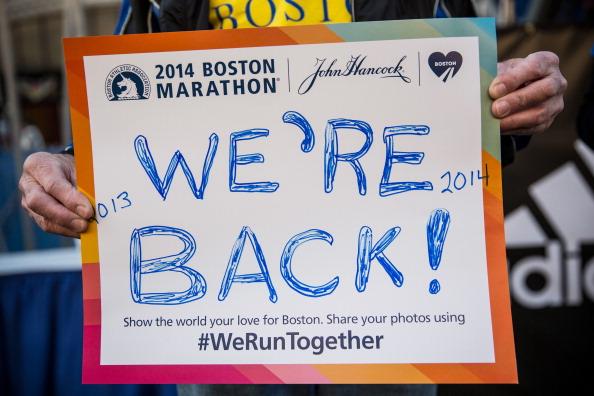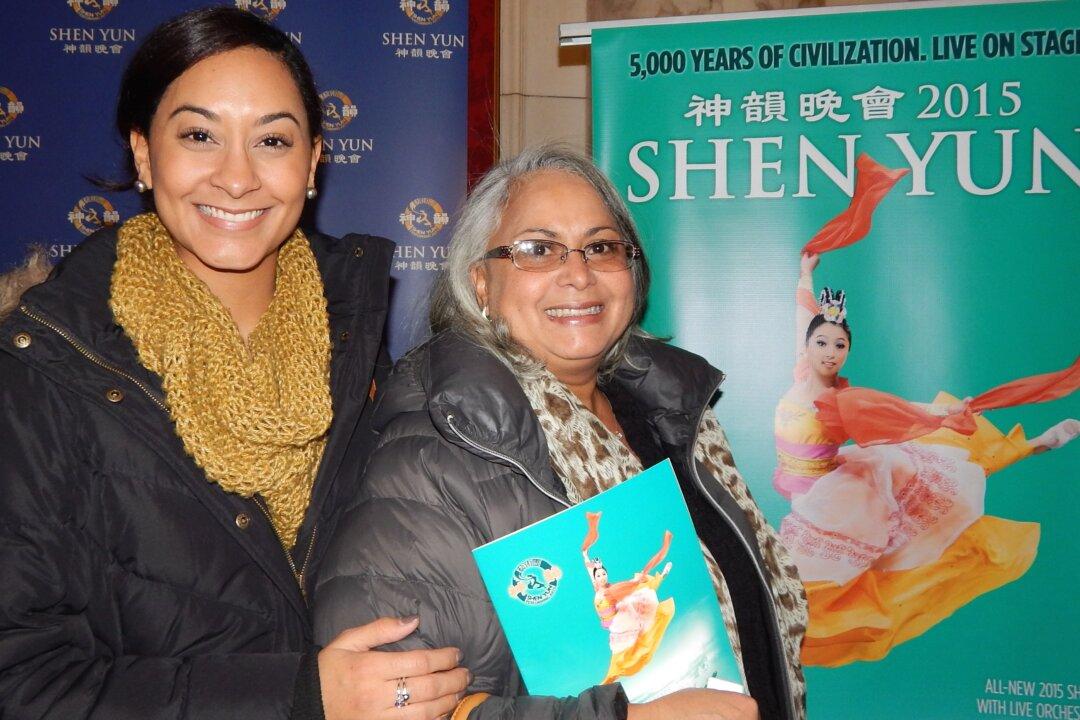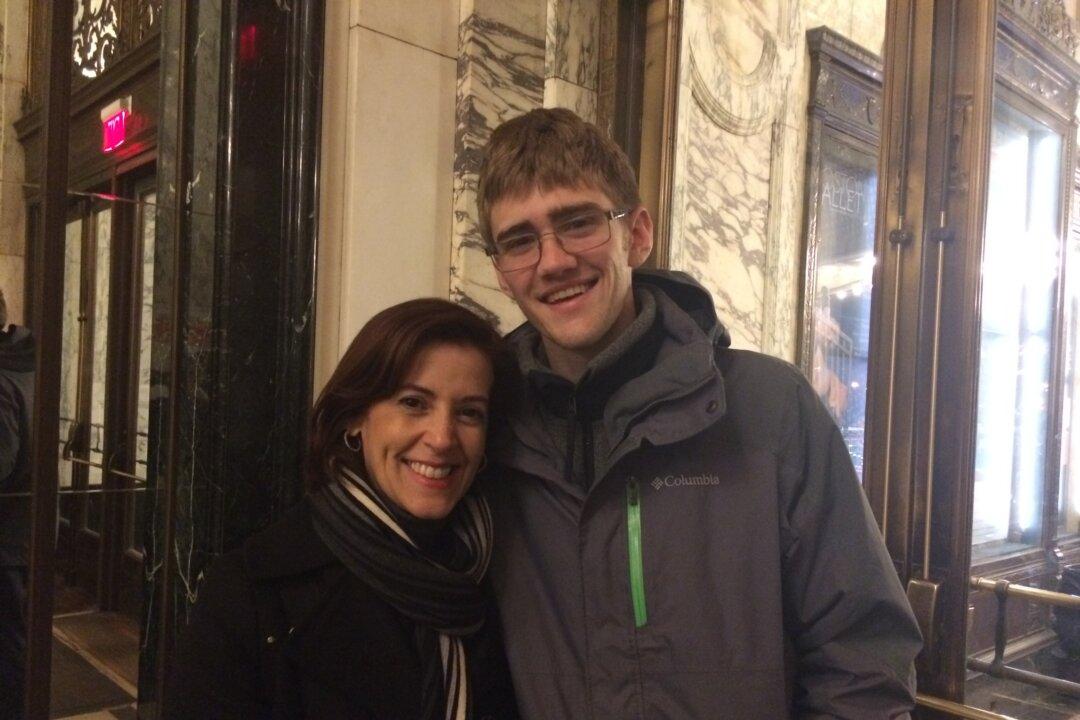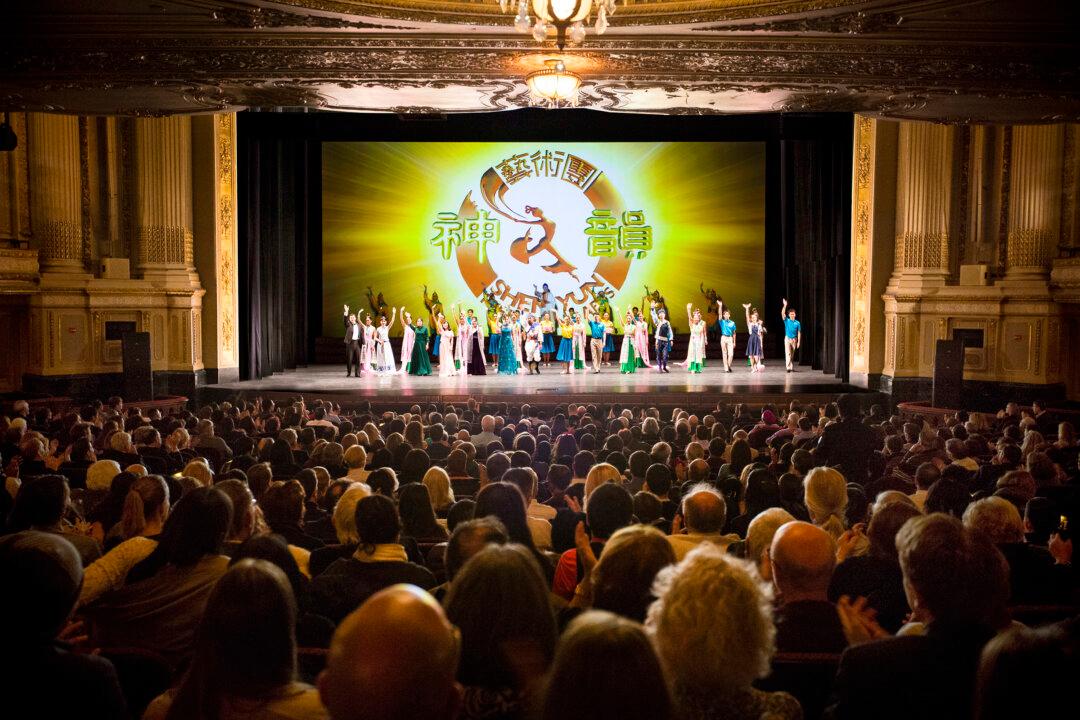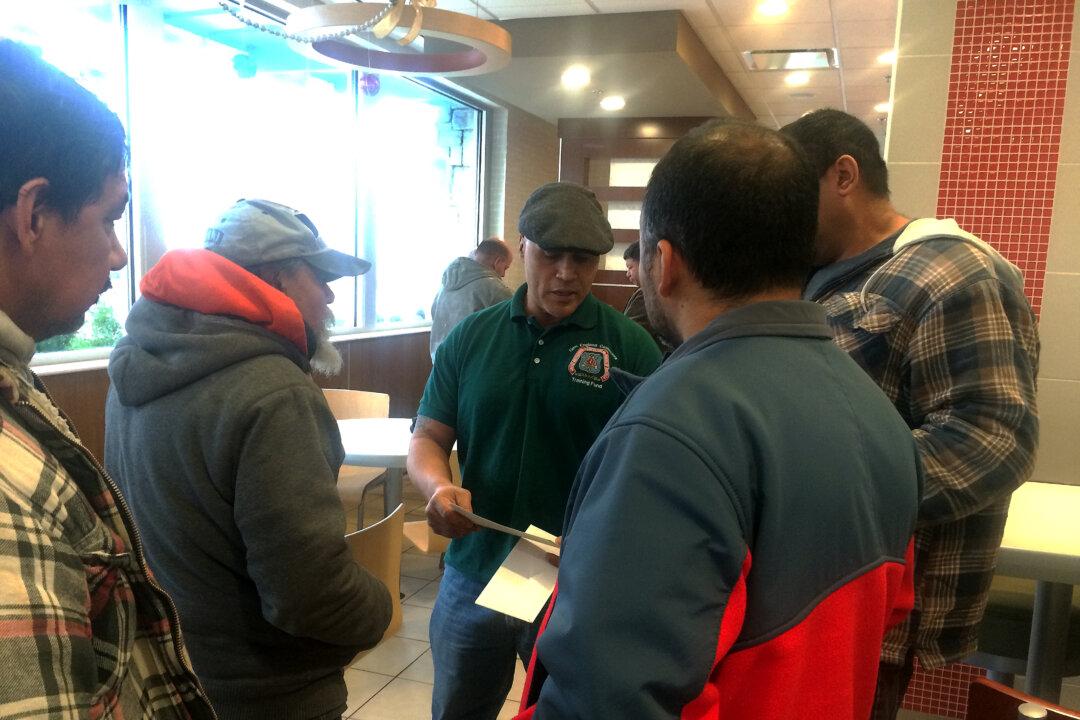BOSTON—The bombs that exploded at the finish line of the 2013 Boston Marathon have changed the marathon forever. While the course is the same, and many of the runners are the same, it is the spirit of the race that has changed.
More people than ever before registered to run in this year’s marathon taking place April 21—over 36,000 people registered, according to the Boston Athletic Association, the organizers of the race. For the first time, unregistered runners, known as bandits, will not be permitted.
For Patti Crookshank, 52, this year’s marathon will be her fourth. She will be running with the Boston Police Runner’s Club. Last year she finished the race just minutes before the first of two bombs exploded at the finish line.
“She finished and stopped, probably 50 yards past the finish line,” her husband, Randy Crookshank recalls. “I put my arm around her and we went toward the medical tent, and then it went off. We saw it and we felt it.”
As the couple jumped a barrier and ran from the scene, they were met by police who were running up Boylston Street. Describing the event a year later, Patti Crookshank stares into the distance, the memory of the scene still vivid in her mind’s eye.
“To me, they are real heroes because they ran to it. We ran away from it, they ran to it,” she said.
“The impact of it was really strong,” Randy Crookshank said. “We left here not knowing who, what, where, and why.” They watched the events unfold from their home just outside Seattle, Washington.
Healing Invisible Wounds
The couple suffered no physical wounds, but like many who witnessed the explosions, the experience has left its mark. It has been a year full of transitions for them and for their four children, a year of healing invisible wounds.
Like so many runners, Patti Crookshank, turned to her sport in her time of need. She beat her personal record in the Portland Marathon in October 2013, her first race after Boston. She left her job, and now works for Nike Town in Seattle and another local running store.
She feels running again will offer some closure to this tumultuous year of reckoning and growth.
Her goal is to beat her best time, 3 hours and 42 min.
“Will I do it in Boston? Probably not, because Boston is such a tough race, and it is kind of hard to run and keep your pace when you are crying,” she said.
New Focus
Patti has refocused her life, determined to do what she loves. She got a tattoo commemorating her experience in Boston.
“I think as far as it has changed us, as it has changed me, you realize how short life is, you realize how fortunate you are and you realize that you get your strength from your faith,” Patti Crookshank said.
She pulled up her pant leg, exposing a calf emblazoned with the image of a wing and the words, “Fight the good fight. Finish the race. Keep the faith.”
“Paul says it because he is ready, he is ready to go and die. For me, I didn’t want to put it in the past tense, because I feel like it is ongoing,” she said.
For her and for many participants, running is act of resistance in the face of terrorism. “It’s a race, so we want to take our race back,” she said.
Long History
The Boston Marathon has changed a lot in 118 years, from a simple footrace, a pure athletic competition, to a community event that is watched worldwide, drawing over 10,000 volunteers and raising $150 million for charities.
The couple met in Boston in the early 1980s, just when the Boston Marathon was starting to pick up speed. Both worked at John Hancock when the financial firm first began sponsoring the marathon in 1986.
The couple attended the marathon that year but they were not running. “At that time, I ran three miles and smoked,” Patti Crookshank said.
Randy Crookshank had the unlikely honor of escorting Bill Rodgers, four-time Boston Marathon winner, to a drug test right after he crossed the finish line, earning fourth place with a time of 2:13:35.
It was a more casual race back then. Anyone could run unregistered. “In my finishing time, I have seen pictures where half the kids don’t have numbers,” she said.
A New Era
Over a million spectators are expected to be at this year’s marathon, and they will be expected to adhere to strict security guidelines. Local officials in conjunction with the Massachusetts Emergency Management Agency, and the Federal Bureau of Investigation, have been working on the security plan for the last eight months.
Over 3,500 law enforcement personnel will be present, including bomb sniffing dogs and a S.W.A.T. team. But some things don’t change.
“That is one of the fun parts of running Boston. Everyone is happy. Everyone is really supportive. The Santa Claus is in once place and the motorcycle people are in another place. The same people are handing out water bottles, the same people are handing out oranges,” Patti Crookshank said.
This year’s activities include memorials to the victims of last year’s bombing. An exhibit at the Copley branch of the Boston Public Library, just feet from the finish line, displays items and messages from last year’s impromptu memorial, and gives visitors a chance to pen messages of their own.
Thousands gathered for a memorial service marking the first anniversary of the tragedy, on April 15. Vice President Joe Biden spoke at the event.
Saturday outside the Old South Church on Boylston Street volunteers passed out scarves to those who ran last year. Over 7,000 scarves were mailed to Boston from around the world.
Bill Adams, a volunteer, stood on the corner with scarves draped from his arms and around his neck. “There are good people in the world. You listen to the news and you think there aren’t.” He said to Patti Crookshank, “But we are here, and we’ll be there at the finish line screaming for you.”
